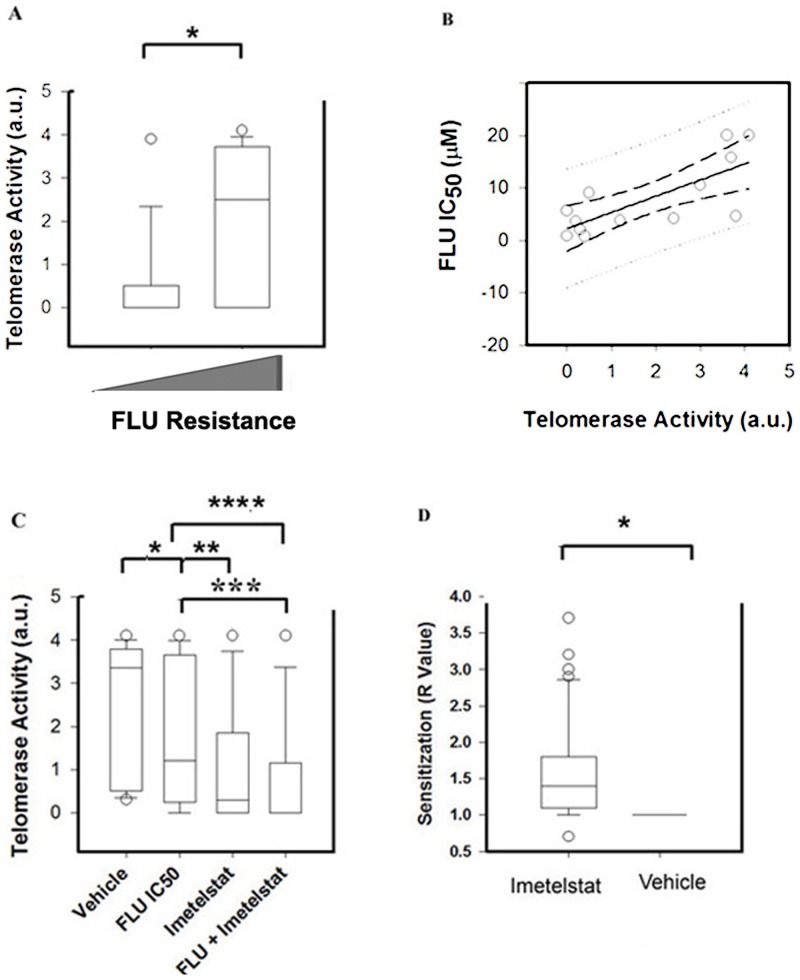Figure 1. Telomerase Activity is associated with in vitro FLU resistance.
A) Basal telomerase activity (y-axis) was lower in FLU sensitive CLL lymphocyte samples (left bar) compared to FLU resistant CLL lymphocyte samples (right bar) (Mann-Whitney Rank Sum Test, *p = 0.02). The cut off to define sensitivity or resistance to FLU was 2.5 µM, the median FLU IC50. B) FLU resistance of lymphocytes from CLL patients (y-axis) was associated with telomerase activity measured after FLU treatment (x-axis). Pearson Product Moment Correlation coefficient of r = 0.75 with a value p = 0.003. The solid line is the regression line. The straight dotted line represents the confidence interval of the population and the curved dotted line the confidence interval of the regression. C) Effect on telomerase activity (y-axis) of the indicated treatments (x-axis). Kruskal-Wallis One Way Analysis of Variance on Ranks indicates that the treatments significantly affected telomerase activity (****p = 0.007) followed by Wilcoxon Signed Rank test for paired samples (p = *0.006; **p = <0.001 and ***P = 0.002). D) Imetelstat significantly sensitized primary CLL lymphocytes to FLU. The R value obtained with Imetelstat was significantly different from 1, Wilcoxon Signed Rank test of paired samples indicates a significant difference (*p<0.001).

